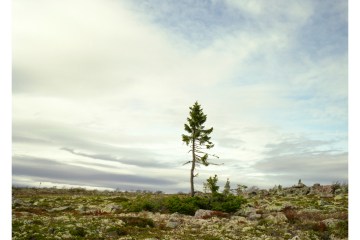Growing up in Russia, Alexander Semenov was fascinated by the undersea world. For most of us, a few trips to the aquarium and the occasional scuba dive would be enough to scratch that itch. But Semenov has gone a little further. A 2007 graduate of Moscow State University, Semenov is a zoologist who works at the White Sea Biological Station (WSBS) in northwestern Russia, a major base for marine science research and sustainable coastal management. Semenov is chief of the diving team, which allows him to indulge his love of the deep. “When I had the opportunity to go diving and see all these things with my own eyes, it was like a dream come true,” he told me in an email. “This is another universe, very close to us.”
But what sets Semenov apart is his ability behind a lens. He’s one of the best undersea photographers working today, and with his camera he’s been able to bring back images of that other universe, and the strange creatures that call it home. It isn’t easy—he points out that the conditions of taking photographs deep underwater can be technically complex. Some of the sealife he shoots are virtually transparent, and tiny—less than an inch in size. And of course, as a diver in the open water, Semenov is shooting without any support, simply floating in the water column. (Beginning scuba divers, like me, know how difficult it is to stay still and balanced underwater while on a dive.) And this is in water that’s only a few degrees above freezing, when visibility is only a few feet at most. He also shoots in laboratory settings, which can be seen in the shots that follow.
(PHOTOS: Australia’s Deep-Sea Creatures)
As Semenov told me, though, there’s something special about photographing in the deep:
At the depth in the dark, among the endless muddy fields suspended by one awkward movement, there are a lot of difficulties. But after a few years of work under the water, it all moves into the background, and it remains only a process of shooting. All the technical part is perfected automatically.
What’s left, Semenov says, is “luck and [the] perfect moment.” Check out the amazing results of his work.
Bryan Walsh is a senior editor at TIME. Find him on Twitter at @bryanrwalsh. You can also continue the discussion on TIME’s Facebook page and on Twitter at @TIME






